
The term “multifamily” is a catchall that includes a range of building types—from converted single-family homes to mixed-use high-rise buildings. There are multifamily buildings that are occupied for short periods of time like hotels, dormitories, or care facilities; some buildings are tenant-owned, as in the case of condominiums, and come with a homeowners’ association. Each has unique physical and contractual characteristics, which means solutions that work for one building type may not apply to another. However, all buildings play by the rules of thermodynamics, so the same building science principles apply. Still, there are complex challenges when trying to optimize indoor air quality in a multifamily housing building.
IAQ challenges for occupants of multi-unit buildings
Multiple parties
Differing perspectives and interests of the tenant, landlord, management, and neighbors can result in conflict. In the building science community, this is called the split-incentive problem. Ultimately, the person who cares most about indoor air quality is the occupant, so that is the perspective taken here.
Move-in conditions
Often the unit has been recently cleaned, painted, and fitted with new carpet. The new tenant has little influence on the types of cleaning products or paints used or the chemical makeup of the flooring material. Additionally, former tenant habits and impacts on the unit are unknown.
Limited connection to outside
Unlike single-family homes, multifamily housing units often have only one or two walls connected directly to the exterior with operable windows; and entry doors may open to a shared interior hall. Fresh air is rarely provided through mechanical means and is mostly accidental.
Shared boundaries
We assume that air behaves itself and stays inside individual dwelling units. But it is a rare multifamily unit where noises and odors don’t cross party (shared) walls between units or shared spaces. What is less apparent, is the way air moves between units. Airtight party walls rarely perform that way, and there are typically multiple paths from outside-in to interstitial spaces.
Limited control
In this post, I outlined a priority-and-action list to improve indoor air in single-family homes, but in multifamily housing, several of the things listed there may be out of tenants’ control. The selection and maintenance of appliances, heating and cooling equipment, and the ventilation system are rarely a renter’s jurisdiction.
Little radon awareness
Radon doesn’t just affect single-family homes; it can be present in any building. Long-term levels of radon higher than 2 pCi/l are serious, but undetectable without a monitor. (I have yet to see a radon mitigation system in a multifamily building in Radon Zone I.)
Complex thermodynamic interactions
Air, heat, vapor, and pressure move within and between units and from inside to outside. This movement is governed by the 2nd Law of Thermodynamics. Generally, this means heat moves toward cold, moisture migrates to dry areas, and high pressure moves to low pressure. Location of the dwelling unit in relation to other units, and the story level will influence how a housing unit will be affected by these dynamic interactions. Serious fire safety implications may result from ignoring these conditions. Carbon monoxide–poisoning events happen annually in multifamily buildings where open-vent combustion equipment is present. These issues cannot be readily addressed by tenants. Ideally, building owners would address these issues with a professional building scientist.
How to optimize IAQ in a multifamily building
Make a smart selection
When choosing a unit within a multifamily-housing building:
- Think all-electric. Air quality in an all-electric unit is better and there is lower risk of fire.
- Go above basement level. Basement units can have high humidity. Choose these only if there is a good ventilation and dehumidification strategy.
- Avoid shared hallways. An exterior entrance means less “shared air.” If there is a shared hallway, use an inexpensive door sweep on the interior of the door to block hall air from entering (or residence air from escaping).
- Stay away from adjacent roads. Outdoor air particulates are especially bad along the edges of busy roads.
Be your own advocate
Review How to Improve Indoor Air Quality in Single-Family Homes and identify any actions you can take. Make a list of those you’d like the landlord or facilities staff to handle and share that list in writing with them. (It can be very helpful if multiple tenants use the same list.)
Open it up
Remember: “The solution to pollution is dilution.” Upon moving in, open all the windows for several hours. If there is carpeting, vacuum before any furniture is moved in and wipe down all surfaces with a mild detergent and water solution. Verify that heating and air systems are functional and ask for a tutorial on operations on all equipment and appliances. Make sure filtration is clean and new. These actions will create the best possible IAQ baseline.
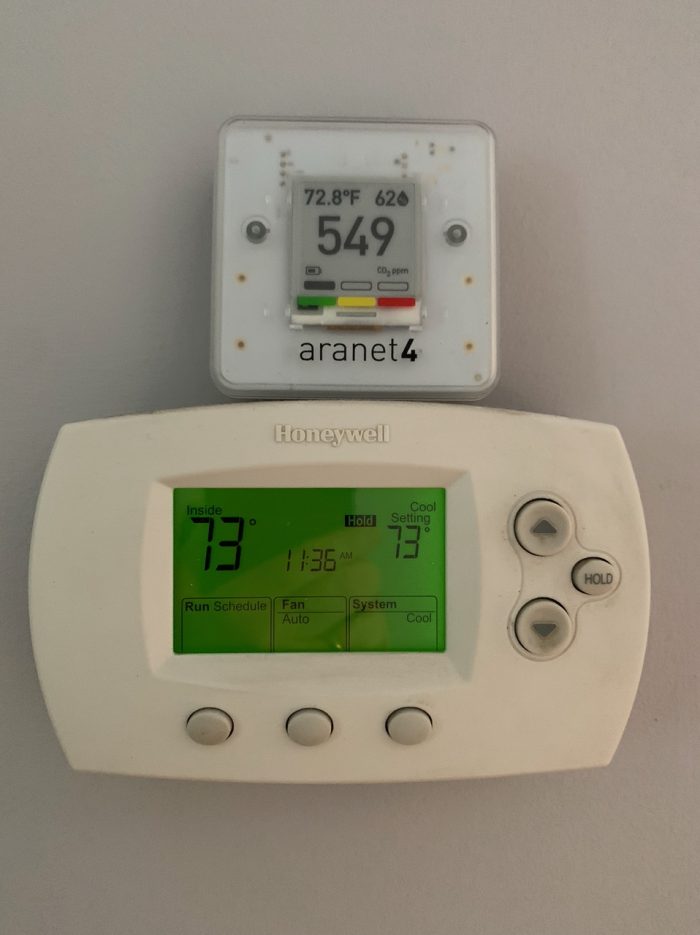
Install monitors
Monitoring indoor conditions will yield information and reveal trends helpful for making decisions or changing behaviors. There are some “all-in-one” air monitors on the market; they measure carbon monoxide, radon, temperature/humidity, carbon dioxide, and particulates. You can also buy specific monitors for measuring each. If going that route, here are a few tips:
- Buy a carbon monoxide monitor that shows actual levels, and let the landlord know if there are any detected amounts of carbon monoxide. Long-term low-dose exposure to carbon monoxide can cause illness.
- Get a radon monitor that measures both short-term and long-term levels. Let the landlord know if levels are above 2 pCi/l. Radon causes lung cancer and is especially dangerous for people who smoke or have any pulmonary or respiratory illnesses.
- A thermostat will typically only show temperature, but humidity levels in apartment buildings can rise dramatically. If relative humidity is over 70% for more than a couple hours, turn on the bath exhaust fan until it levels off in the 50s range. If humidity persists, let the landlord know; high humidity levels can lead to biological growth and can attract pests.
- Carbon dioxide monitors will indicate when to open a window. Current research shows that high CO2 levels correspond to higher risk of transmitting infectious airborne disease. CO2 monitors can reveal when ventilation rates in a space are too low. Let the landlord know if CO2 levels are higher than 800 ppm. Additional fresh-air supply through mechanical means may be warranted.
- Particulate monitors can be helpful. Just know that these will show high levels when you cook or when outdoor air levels are high.
It’s up to you to decide if you want monitors that connect to your WiFi and smartphone. Battery-powered monitors are also an option. The ideal location for IAQ monitors is near the thermostat.
Source control
Limit your use of chemicals—not only in cleaning and finishing products but also in furnishings, toiletries, cosmetics, etc. When possible, select materials with no or low VOCs and choose nothing with urea formaldehyde. Remember that chemicals from one source can mix with those from another to create new chemicals in the air. If your stove exhaust has a vent to the exterior, use it. Use the bathroom exhaust when showering, vacuum carpets regularly, don’t wear shoes inside, and don’t use candles.
Fresh-air supply
Remember that your windows can be an effective source of fresh air, as needed. But windows are not a solution during extreme temperatures when heating and cooling is done mechanically. The ideal fresh-air supply system for an apartment is an ERV. This can be requested of the landlord but is likely not a feasible strategy for the tenant.
Air filtration
Filtering air is an excellent solution to supplement source control and ventilation strategies. The DIY Corsi-Rosenthal fan (pictured below) is a great air “purifier,” as they are marketed. There are many available options but buyer beware: Additional features like ultraviolet (UV), ionization, or ozone settings are ineffective and can make air quality worse in residential applications.
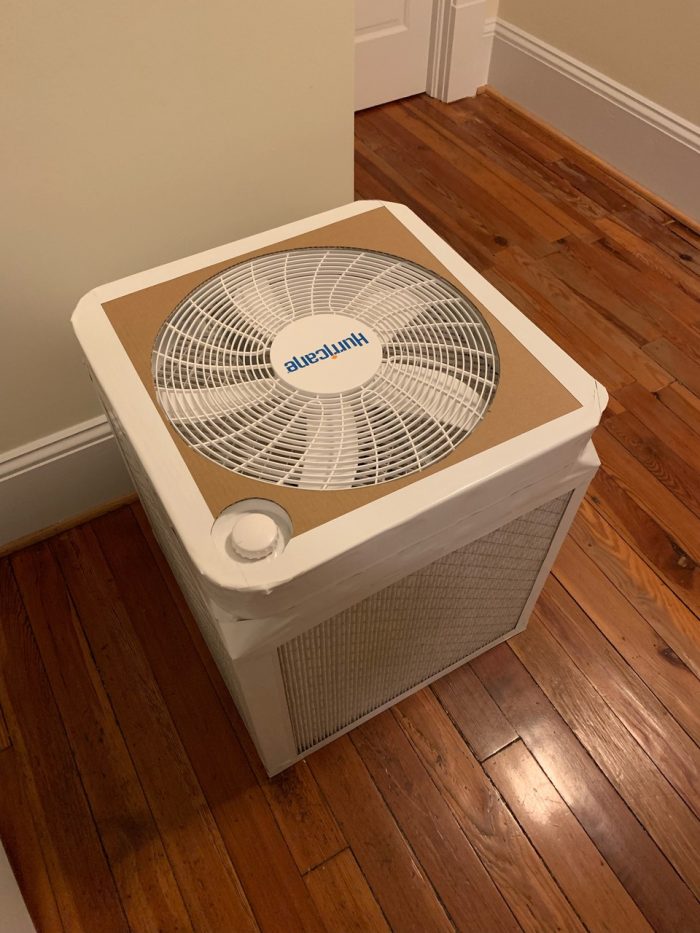
In sum, the above recommendations are empowering and accessible to most tenants in multifamily buildings. The next step is to create a friendly dialogue with your landlord. At the very least, they will be made aware that good indoor air quality is a desirable amenity. Proactive landlords will recognize this and make a capital investment plan for building enclosure and systems improvements; and they will learn of corresponding benefits for fire safety, occupancy rates, energy efficiency, and the building’s resiliency/longevity.
_________________________________________________________________________
Monica Rokicki is a BPI Analyst, Healthy Home Evaluator, and founder/CEO of Better Building Works LLC in Roanoke, Virginia. Photos courtesy of author.
Weekly Newsletter
Get building science and energy efficiency advice, plus special offers, in your inbox.

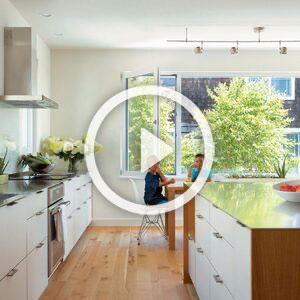
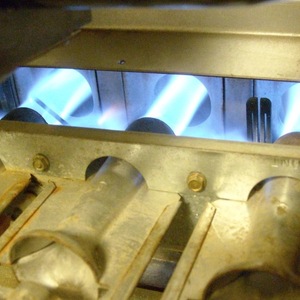

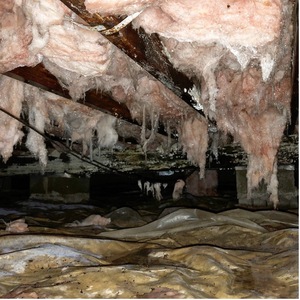
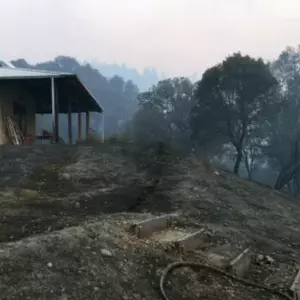
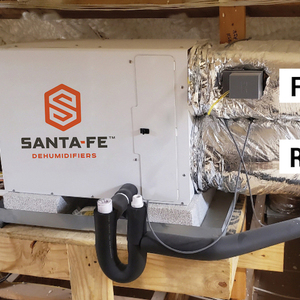






0 Comments
Log in or create an account to post a comment.
Sign up Log in